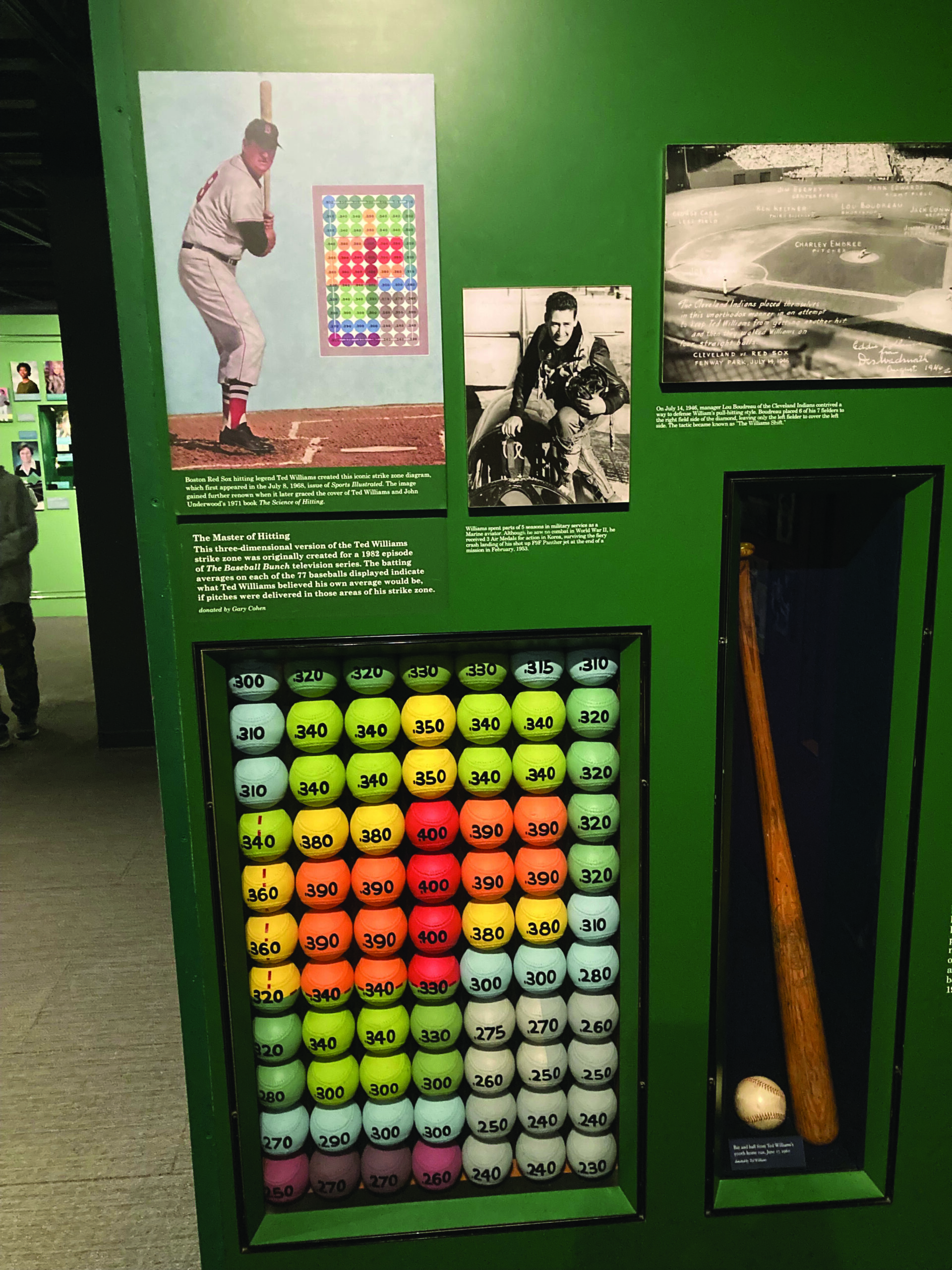In the constant quest to cut-through anecdotal observations on what are successful hitting approaches, it seems that to have the best hitting plan, it is imperative to combine quantitative and qualitative observations. In a study of more than 2,000 at-bats at the Division III college level, there were many illuminating facts observed, which in turn, naturally lead to some conclusions that can inform the pitch choices of hitters.
Pitchers throw less offspeed pitches (66% for FB, 22% for CB, 12% for CH).
Conclusion: There are more opportunities to get hits with the FB.
Pitchers throw more strikes with their fastball (63%) vs. with CB’s (56%) and CH’s (60%).
Conclusion: Greater chance to get a hittable pitch with a FB.
Out of 100 pitches, pitchers average 42 FB strikes, 12 CB strikes, and 7 CH strikes.
Conclusion: Greater chance to get a hittable pitch with a FB.
FB’s have less movement, more consistent movement, and more consistent speed than CB’s.
Conclusion: It’s easier to hit FB’s because they are more predictable.
CB’s have more movement, greater variation in movement from one to the next, & slower speeds than FB’s.
Conclusion: It’s harder to hit CB’s because they are less predictable.
With less than two strikes, hitters get 19% hits per swing vs. FB, 14% for CB and 10% for CH.
Conclusion: Hitting the FB is more successful.
Hitters hit fastballs with less than two strikes to opposite field 40% of the time.
Conclusion: Hitters are late on too many fastballs with less than two strikes.
With less than two strikes, hitters foul or miss FB’s 54% of the time, while foul or miss CB’s 67% of the time.
Conclusion: It is much harder to hit CB’s than FB’s.
Hitters have higher hitting success with less than two strikes vs. two strikes (.392 vs. .287).
Conclusion: Expanding the zone with less than two strikes gets you closer to two strikes, where it’s harder to hit.
Fouling balls or missing balls with less than two strikes, gets you closer to two strikes.
Conclusion: It’s important to be timed up & ready for pitches w/ less than 2 strikes when the hitter has more control.
Hitters have much higher average on balls in play vs. FB’s (.375) vs. CB’s (.297) or CH’s (.311).
Conclusion: Hitting the FB is more successful.
Fouling balls off is a product of not being on-time.
Conclusion: It’s very difficult to be on-time for both fastballs and offspeed. This reduces hitting success.
Hitters pull offspeed 69% of the time (oppo 31%).
Conclusion: Hitters are slowing up their swing too much.
The main way hitters hit offspeed oppo is by slowing up their swing (“Waiting”, “Staying Back”).
Conclusion: The result is hitters being late on slow pitches.
Hitters hit .175 when swinging at the first pitch against a new pitcher (vs .272 later in the count).
Conclusion: Swinging at the first pitch against a new pitcher has a low success rate.
Hitters are only hitting the ball in the air 40% of the time (this includes line drives).
Conclusion: The best chance of getting a hit is a line drive, & the most power comes from higher line drives & deep fly balls.
Summary
Hitting fastballs with less than two strikes yields much higher hitting success.
Hitters need to pull less-than-2 fastballs more (only pulling 60%) to better be on time for more hits and power.
Hitters need to hit 2-strike fastballs oppo more (only 40%) to be less exposed on offspeed.
Hitters slow up their swing too much on offspeed (31% of the time), resulting in late weak outs.
Hitters need to hit the ball in the air more (only 40% of the time, including line drives) – to have more line drives and power.
First-pitch swinging vs. a new pitcher has a very low success rate (Hits only 5% of the time).


